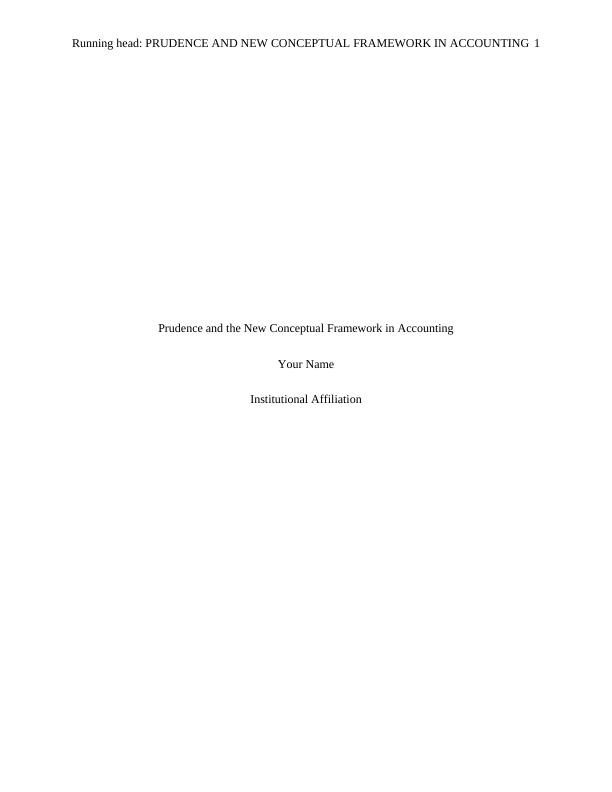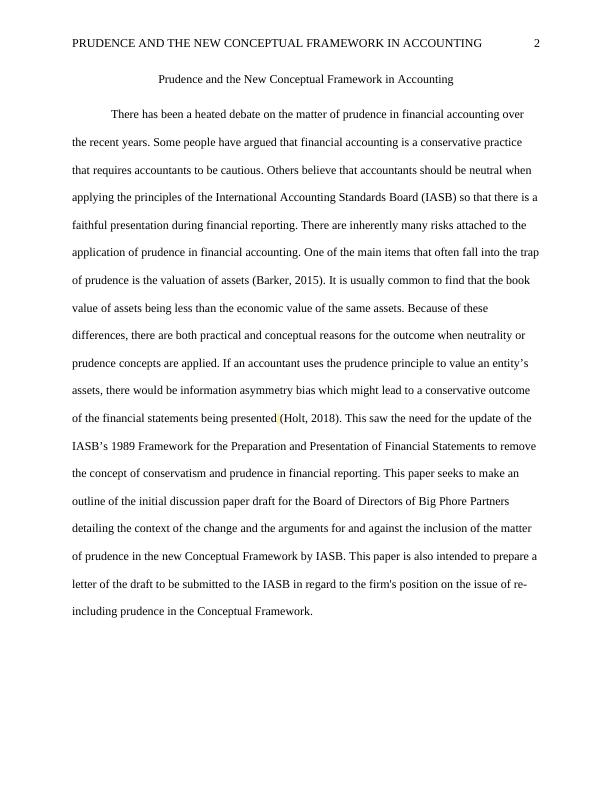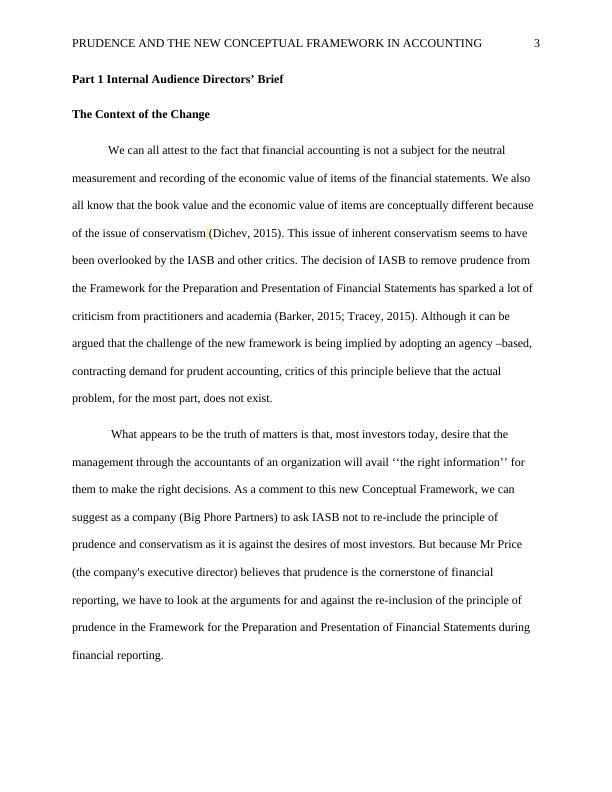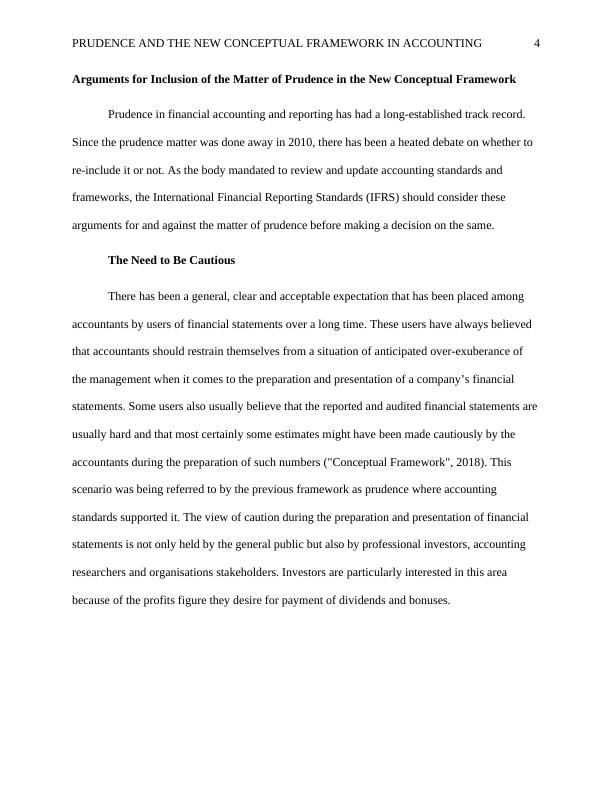Prudence and the New Conceptual Framework in Accounting
15 Pages3646 Words157 Views
Added on 2023-06-06
About This Document
This paper discusses the debate on prudence in financial accounting and the update of the IASB's Framework for the Preparation and Presentation of Financial Statements. Arguments for and against the inclusion of prudence in the new Conceptual Framework are presented.
Prudence and the New Conceptual Framework in Accounting
Added on 2023-06-06
ShareRelated Documents
End of preview
Want to access all the pages? Upload your documents or become a member.
Contemporary Issue in Accounting 2022
|5
|759
|21
Prudence and the Conceptual Framework
|12
|2350
|403
Critical Discussion on Prudence Concept and Conceptual Framework in Advance Accounting Theory
|15
|3535
|164
Inclusion or Exclusion of Prudence Concept in Conceptual Framework and IFRS
|5
|1730
|125
Discussion Paper: Prudence
|12
|2949
|312
Prudence as a Concept in Financial Reporting: Analysis and Discussion
|12
|2698
|421




